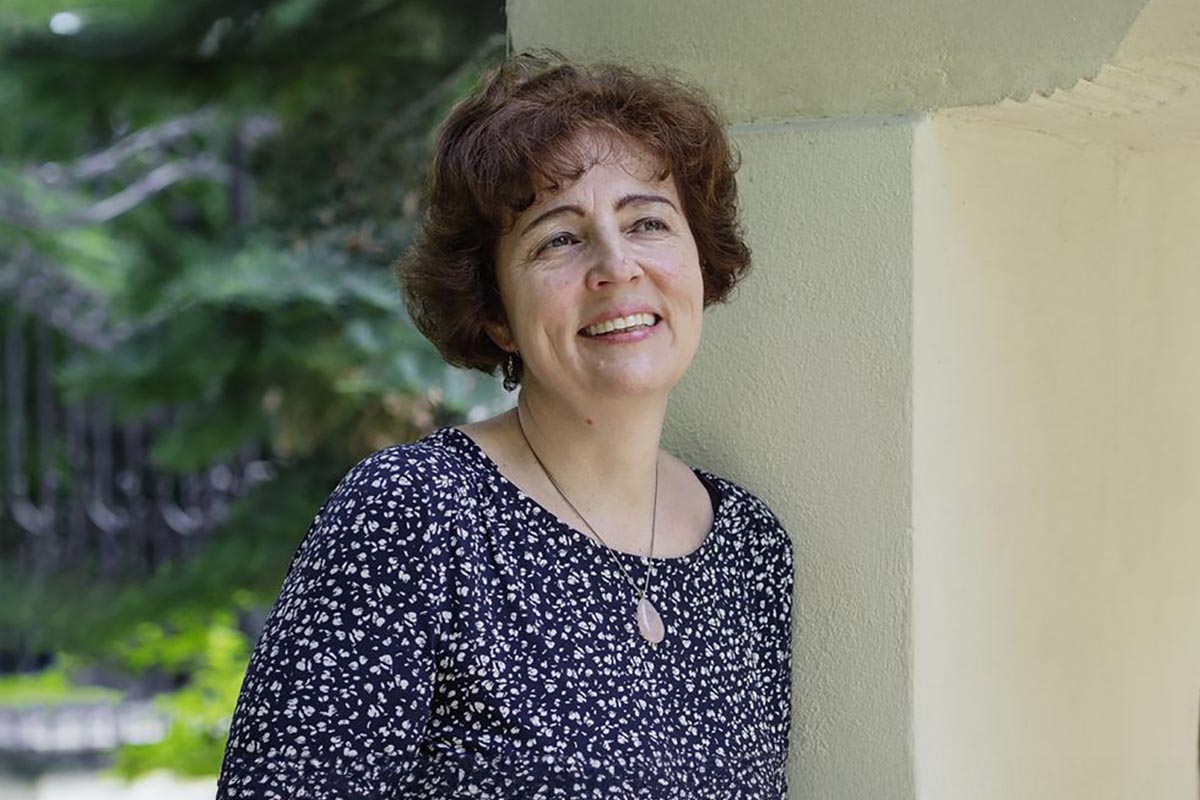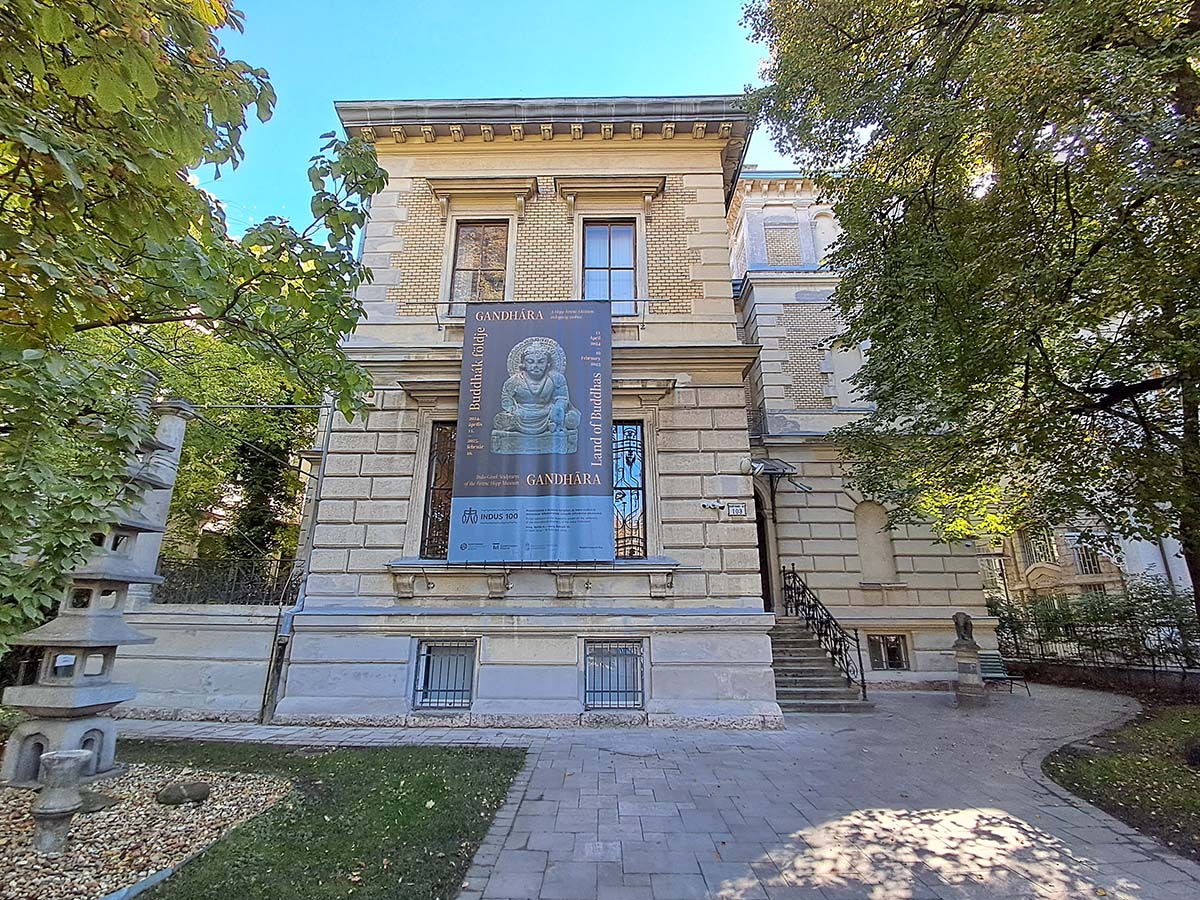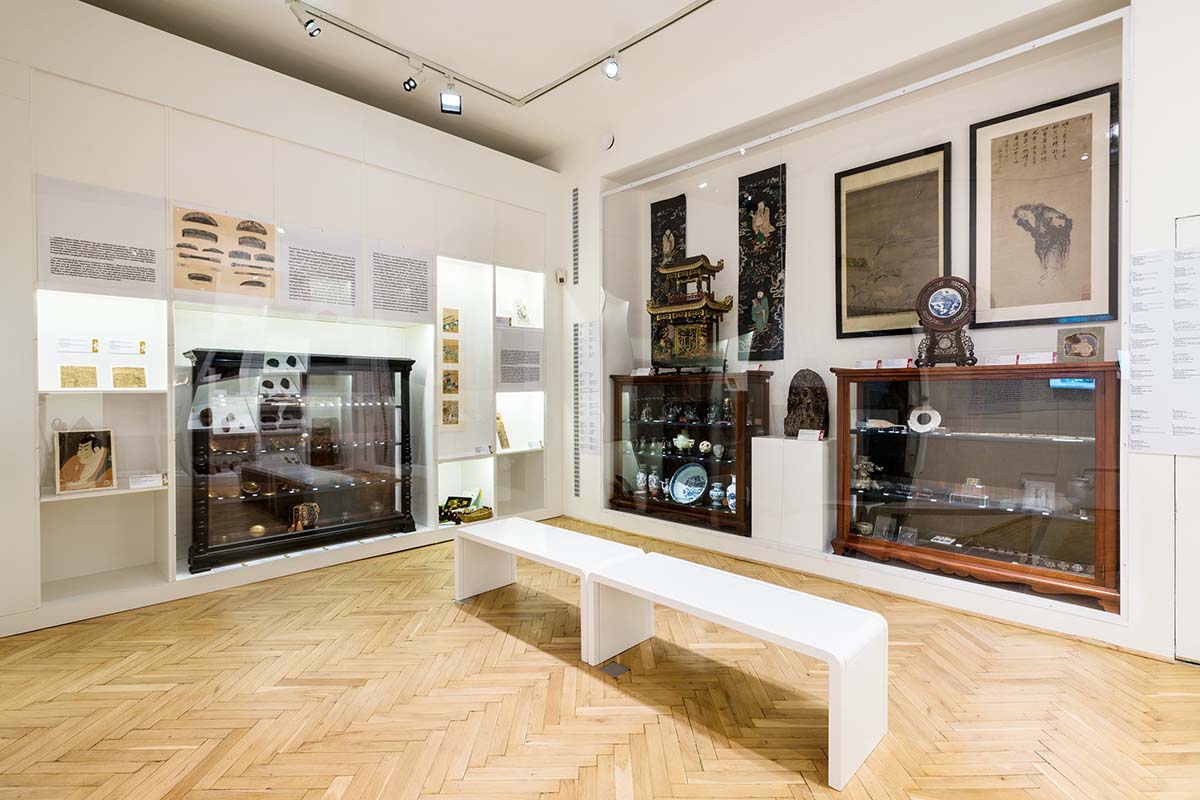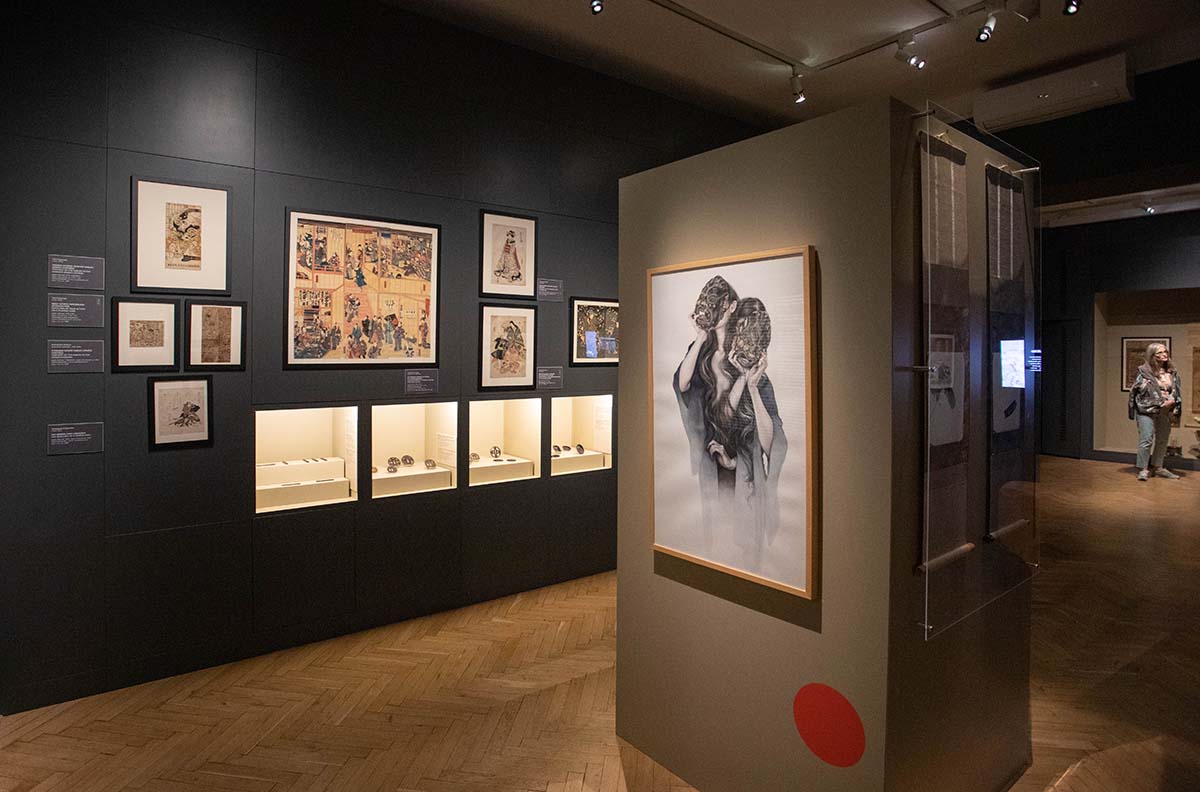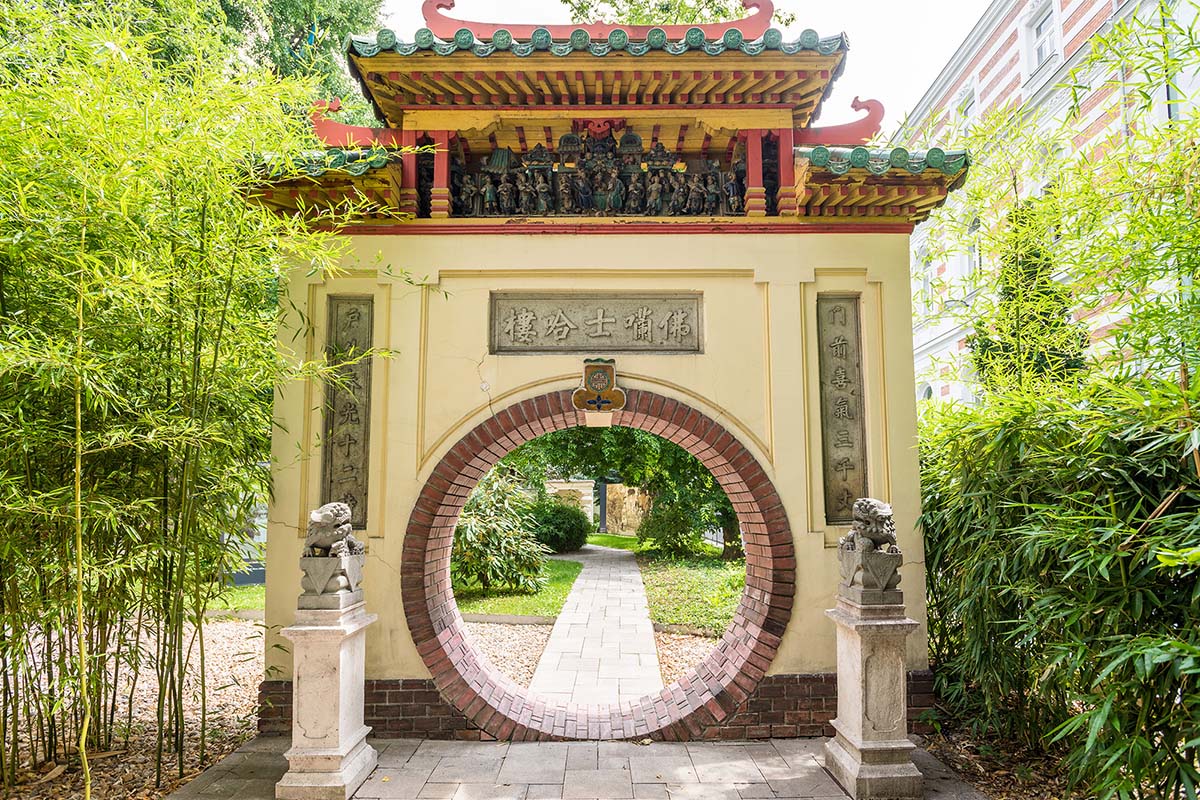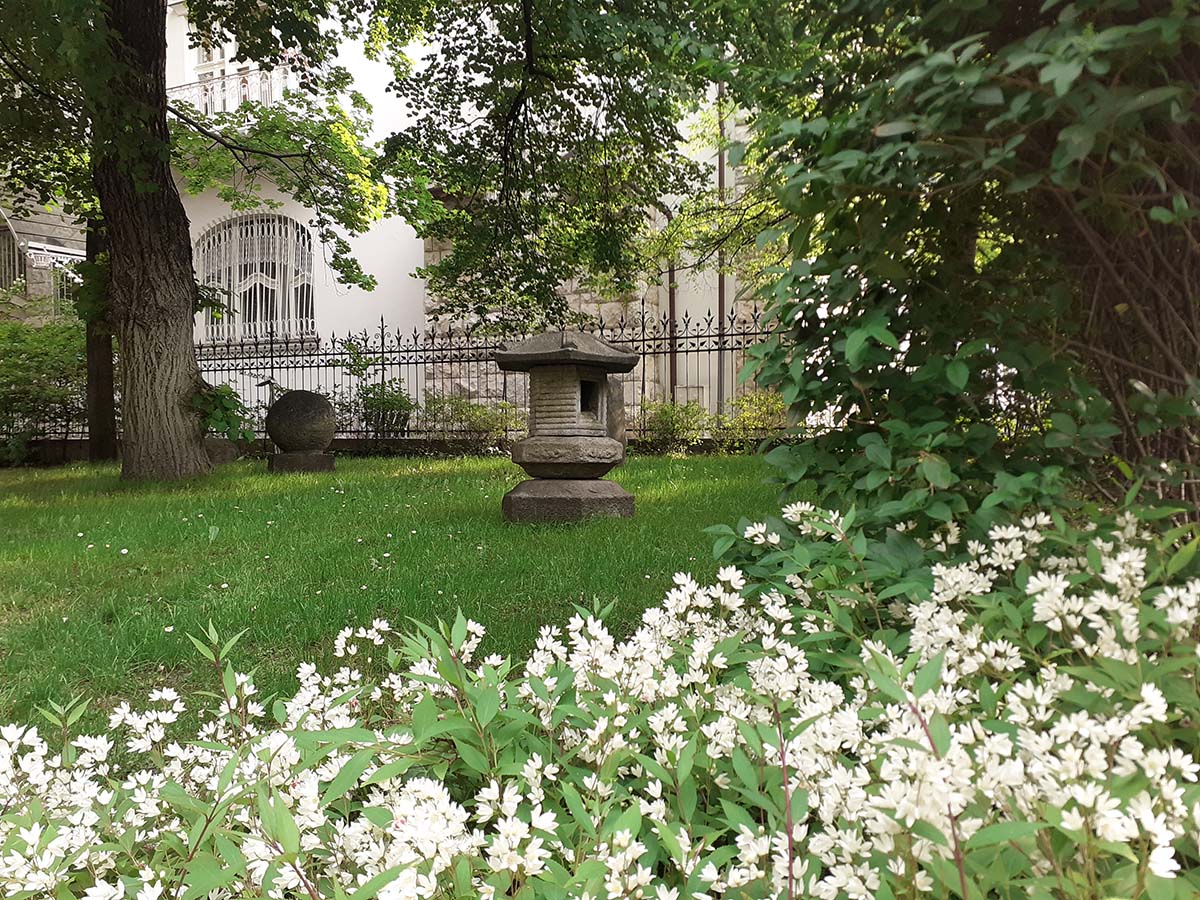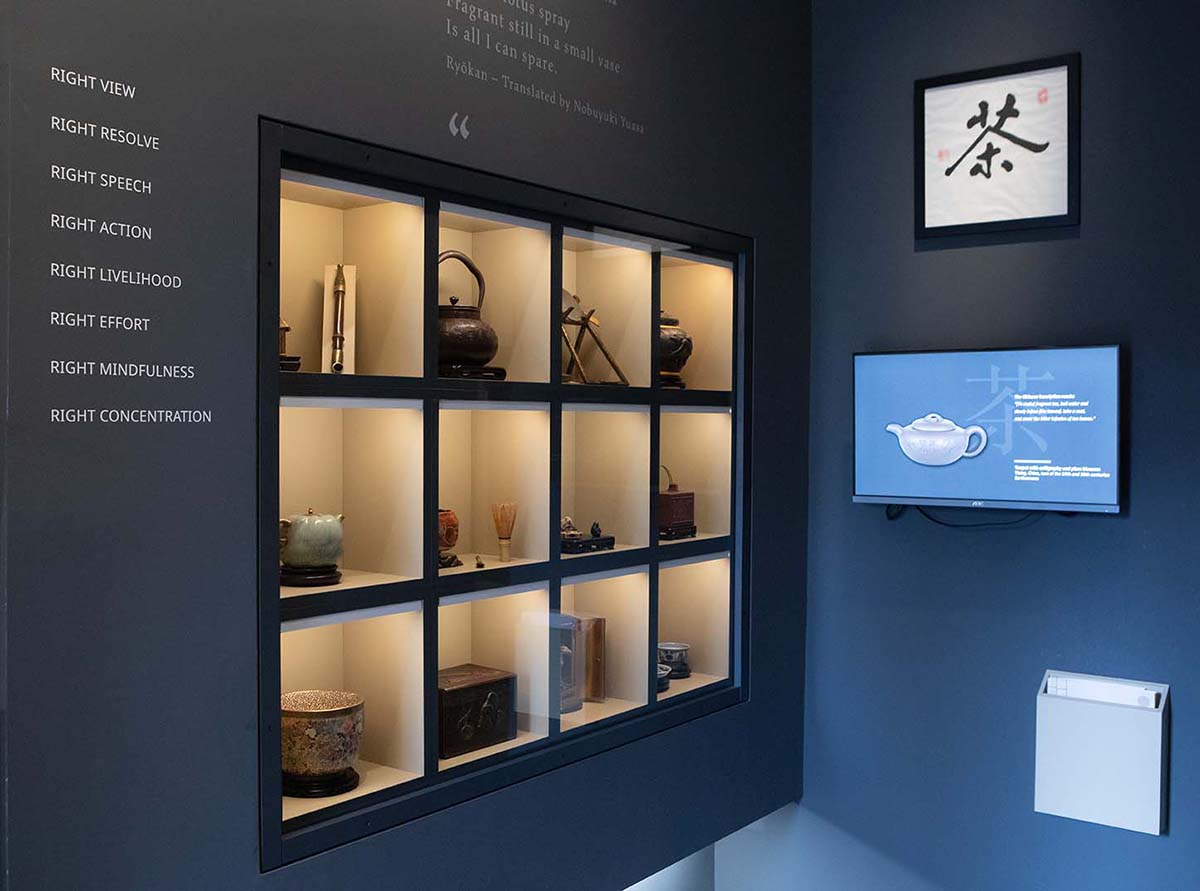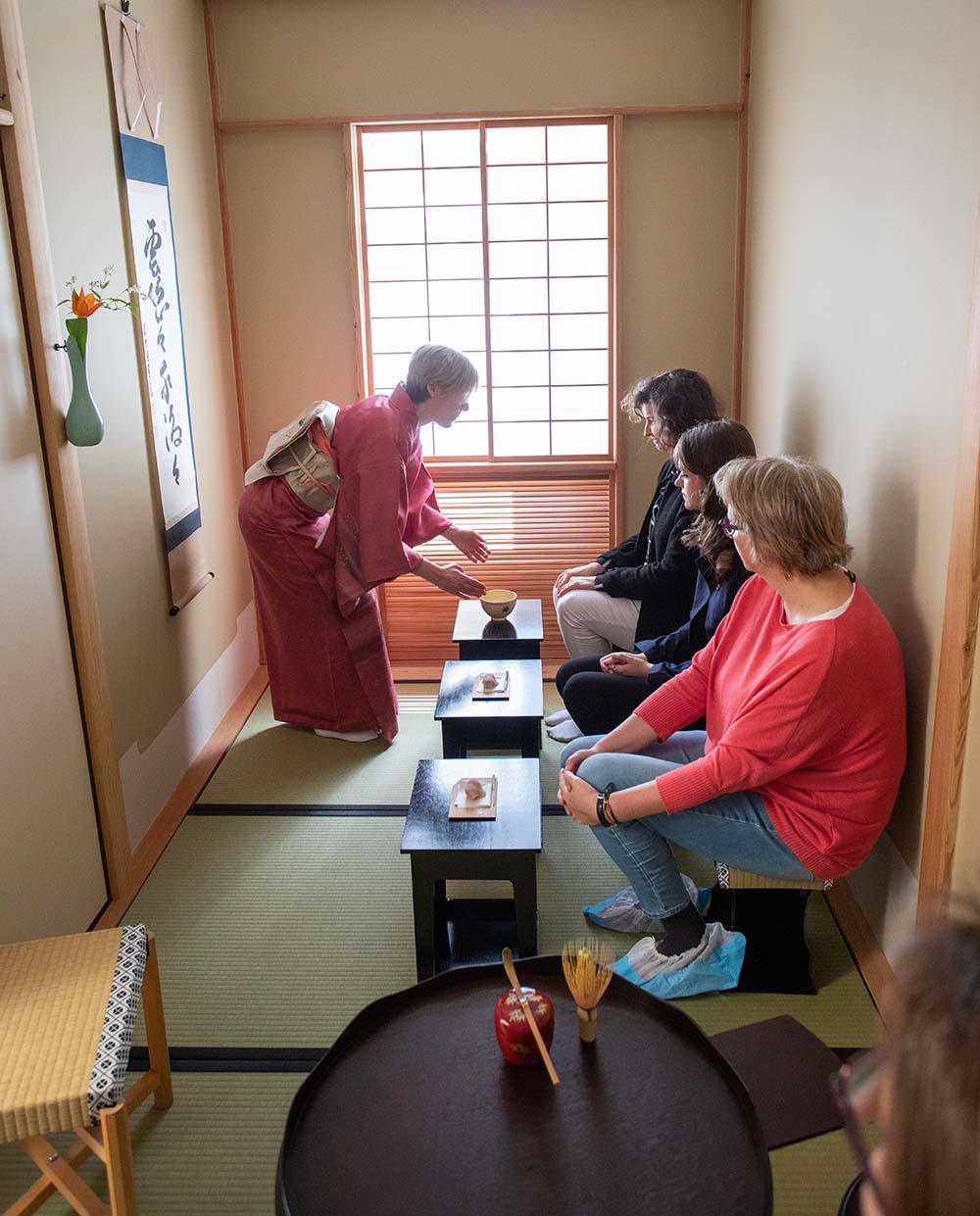The Ferenc Hopp Museum of Asiatic Arts stands as Hungary’s gateway to the artistic heritage of Asia, with over 30,000 objects showcasing the region’s diverse cultures. As the only museum in Hungary dedicated to Asian art, it not only presents the beauty of Japan, China, and India but also highlights Hungary’s unique ties to the East.
In this Q&A, Dr. Györgyi Fajcsák, Director of the museum, shares insights on key exhibitions, the appeal of Japanese art to Hungarian audiences, and exciting new developments like the museum’s Japanese tea room.
Bridges: The Hopp Ferenc Museum has showcased several exhibitions related to Japanese art and culture, as well as broader Asian influences. Could you highlight some of the most significant Japan-focused or Asian exhibitions you’ve curated, and what impact they had on the museum and its visitors?
Fajcsák: In 2023, we celebrated the centenary of the opening of the first exhibition at the Ferenc Hopp Museum of Asiatic Arts. To mark the occasion, we exhibited a wide range selection of art objects from the Peter Vay Collection, which is one of the museum’s core collection with a main focus on Japanese art. Also last year, we opened an exhibition of Japanese photographs by Dezső Bozóky, an Imperial and Royal Navy doctor, showing a selection of historical photographs taken in Japan between 1907 and 1909.
The culture and art of Asia have long been of interest to Hungarians, and many travellers and collectors have visited the East and especially Japan. Excellent collections have been built up over the last 150 years, and the state itself has purchased many objects for Hungarian museums. As the only museum dedicated to Asian arts in Hungary, the Ferenc Hopp Museum of Asiatic Arts house more than 30 000 Asian objects, 35 000 documents and photographs related to Asia. We display many valuable and unique artistic material on our temporary exhibitions, and these Asian exhibitions also seek to showcase the particular Hungarian embeddedness and attachment to Asia.
The culture and art of Asia have long been of interest to Hungarians, and many travellers and collectors have visited the East and especially Japan.
Dr. Györgyi Fajcsák, Director of the Ferenc Hopp Museum of Asiatic Arts
What percentage of your visitors are from Japan, and how has this demographic evolved over the years? Do you notice any specific trends or preferences among visitors from Japan or other parts of Asia?
A quarter of our visitors are foreign,and mainly Asian whose numbers are increasing year by year. Japanese visitors are particularly interested in the subject matter of Hungarian-Japanese art relations. Our exhibitions regularly include works by contemporary Hungarian artists whose works are inspired by Asian, including Japanese objects. This artistic crossover results in very exciting works of art, which visitors, especially Japanese visitors enjoy very much.
You mentioned that the founder of the museum, Ferenc Hopp, was particularly fond of Japanese gardens and Asiatic plants. How has this passion been reflected in the design of the Oriental Garden at the museum?
Ferenc Hopp was particularly sensitive to the beauty of Asia’s natural environment, especially its gardens and plants. In 1885, he bought his villa on Andrássy Avenue, next to the main boulevard of the Hungarian capital, and set about creating an Oriental Garden around the building. For him Japan was the most particular popular travel destination, fascinated by the gardens, the elaborateness of the objects and their perfect functionality. That is why he had Japanese stone lamps, water basins, a five-storeyed pagoda, Amida stone statue and even a small pond with a bridge built into his garden.
What aspects of Japanese and Asian culture resonate most with your Hungarian audience? How do you see the role of the Hopp Ferenc Museum in fostering a deeper understanding of Asian art and culture in Hungary?
Japanese woodblock prints, paintings and lacquerwares are the most attractive objects in Japanese art for Hungarian audience. Visitors are open to almost any exhibition theme. The role of the Hopp Museum is primarily to present the values and contexts of Asian cultures. Our main aim is to help visitors understand the role and meaning of the artworks in the other culture. We show connections, internal links, tell stories through the exhibits and try to teach younger generations to get an authentic picture of Asia. A number of related events, lectures and programmes accompany our exhibitions, which is reflected in the fact that 40% of our visitors combine their visit with a programme.
Could you tell us more about the recently inaugurated Japanese tea room? What was the inspiration behind creating this space, and how does it enhance the visitor’s experience of Japanese culture in Hungary?
From April 2024, a new Japanese tea room inside the museum awaits visitors. Every part of it was designed and made by the Urasenke Tankōkai Hungary Association in collaboration with the Hungarian association and the Hopp Museum. The tea room features typical aspects of Japanese architecture, such as sliding doors and windows, tatami floors, and a tokonoma alcove. The windows are not transparent, and the walls are dark green, contrasting with the lighter shades of the tatami. The tea room is equipped with masterpieces of applied art specifically devised for the Japanese art of tea. The surroundings help us to concentrate our senses on the essence, on the present moment, on the tea.
In the museum, the anteroom leading to the tea room features an exhibit – “The Dewy Path” – informing guests and preparing them for the tea room experience. There was once a tea hut in the garden, as testified by photos taken up to the 1950s. Its elements were brought to Budapest from Yokohama. The hut’s design resembled a tea garden assembly place, where visitors waited before or between tea ceremonies. Ferenc Hopp expanded its function, and according to travel journals, he also held the tea ceremonies here, surrounded by his favourite garden artworks and exotic plants brought from distant lands. Dr. Tibor Horváth, director of the Hopp Museum from 1948 to 1972, was the first tea master of Hungarian origin, who studied in the very same Japanese tea school founded in the sixteenth century by the great master Sen Rikyū.
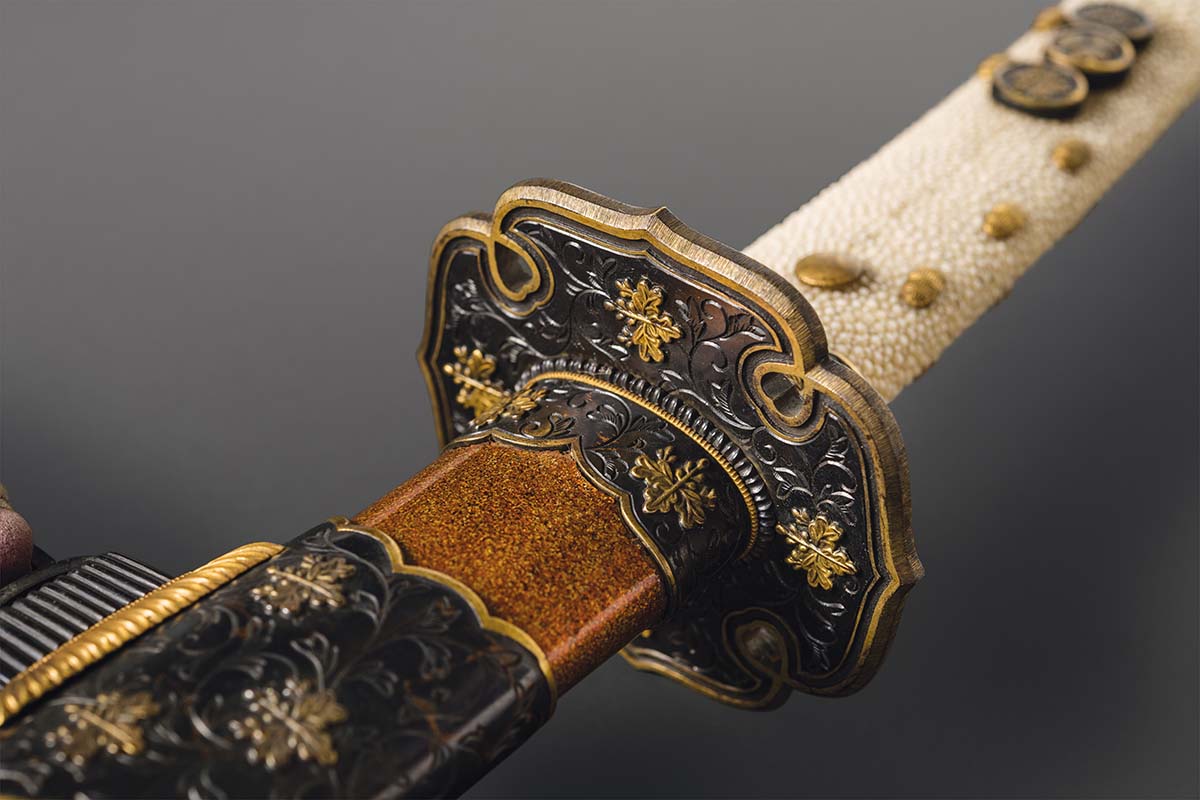
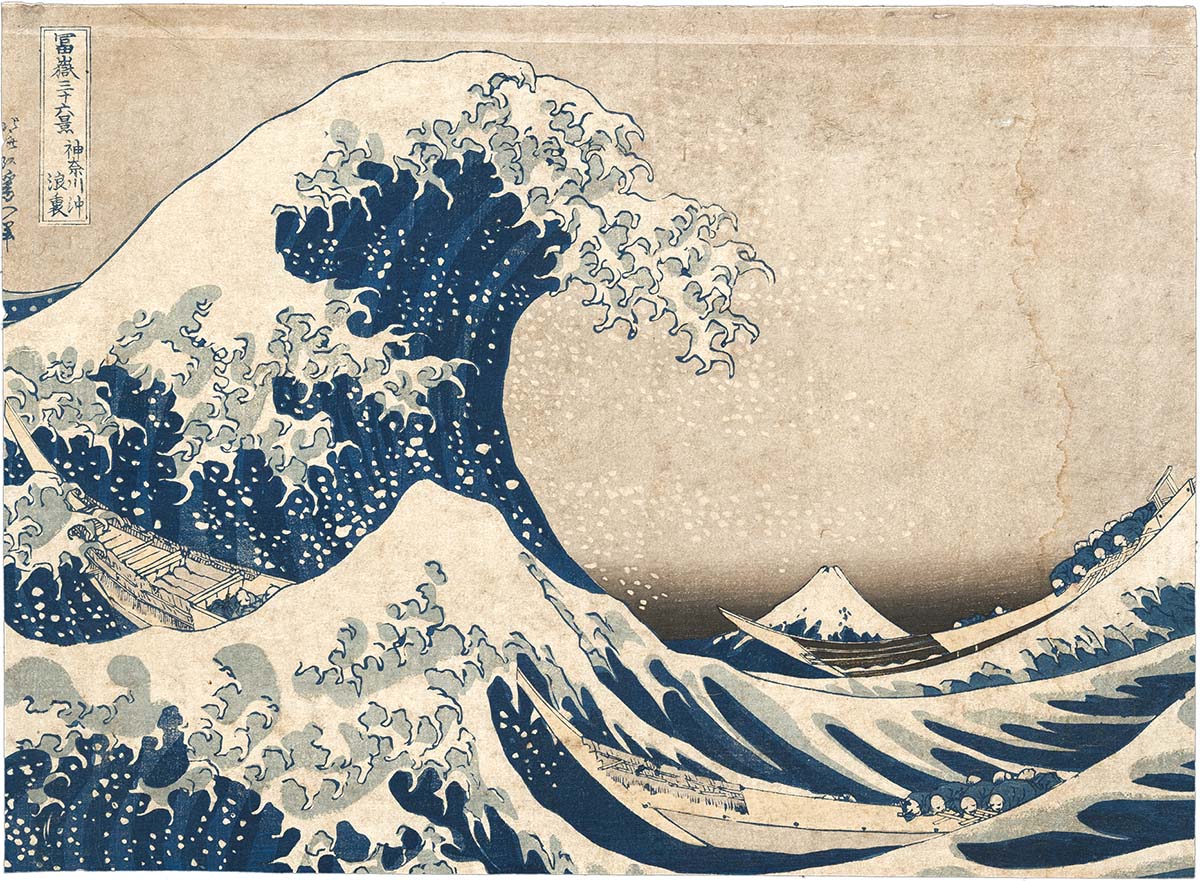
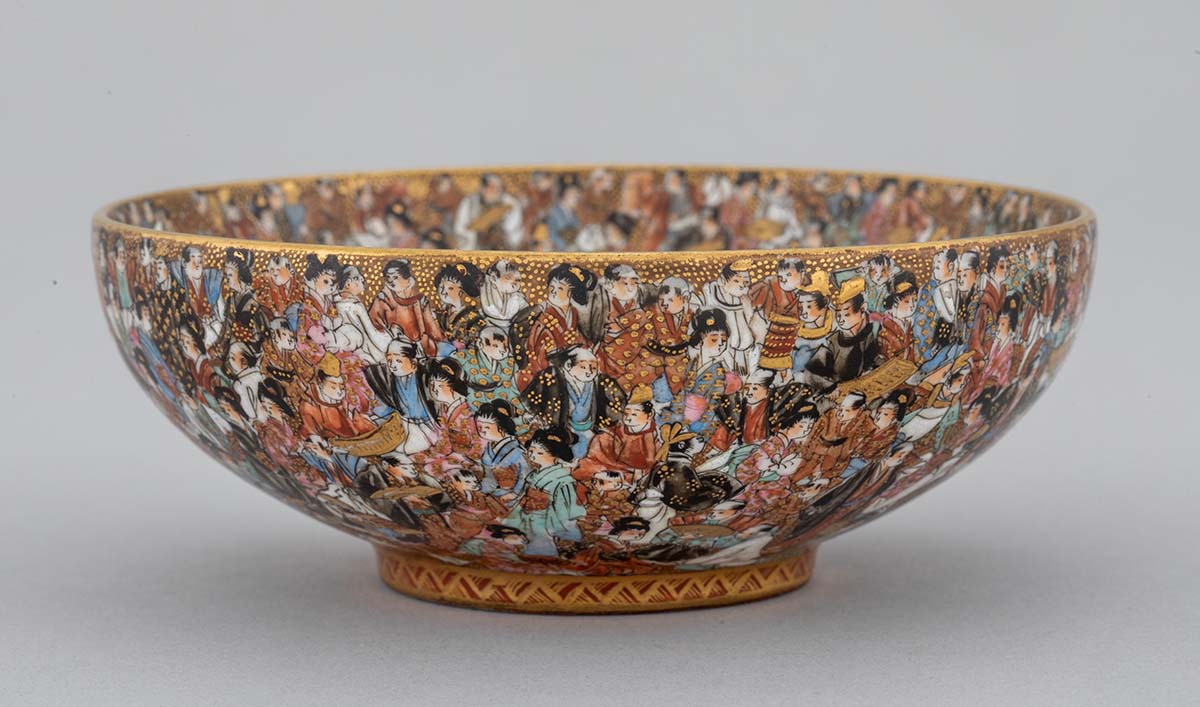
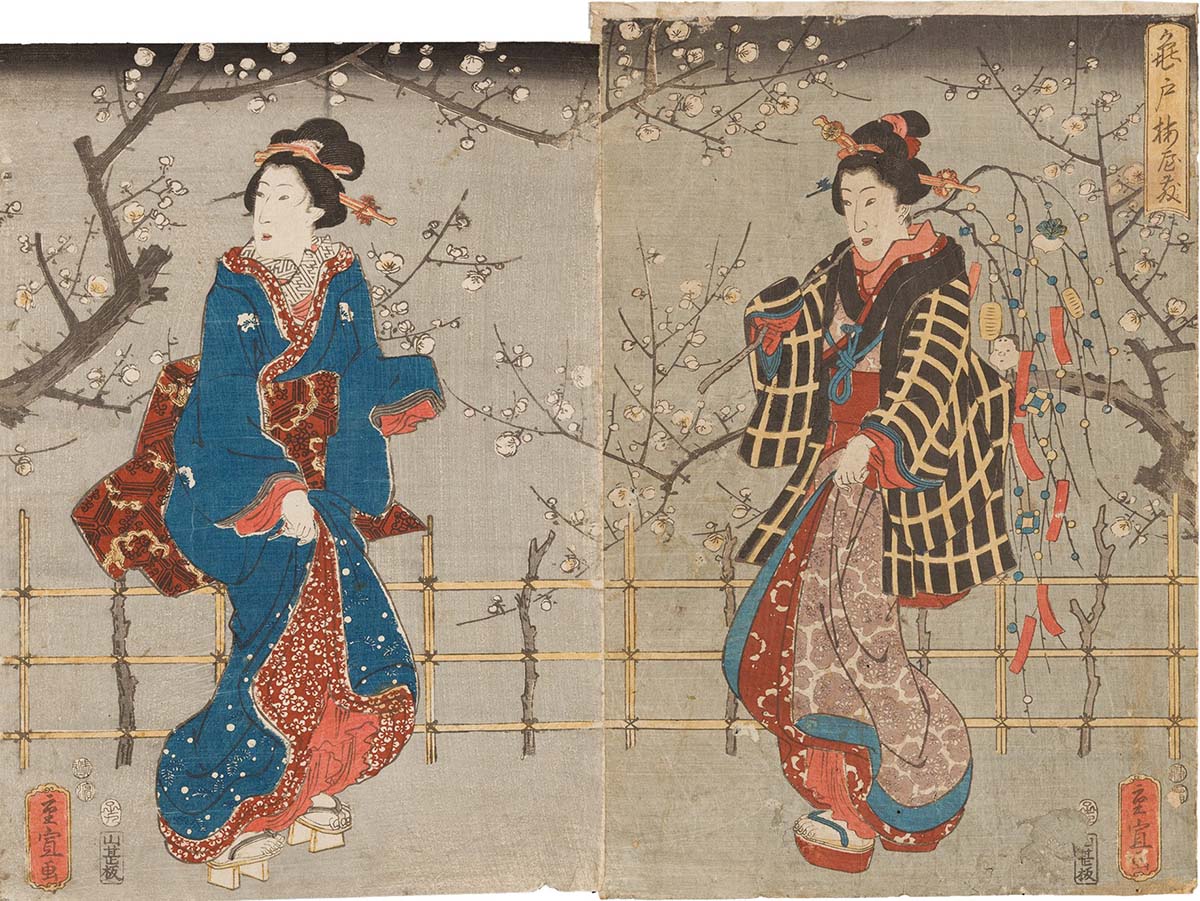
Next year, you’re planning a very special exhibition with Japanese pieces. Could you give us a sneak peek of what visitors can expect?
Next year, our exhibition will take us back to the beginnings of Oriental art in Hungary. The current of ideas of theosophy has awakened in many people the desire to understand the essence of Eastern thought, to learn about Eastern religions and to buy Eastern objects related to them. Several large scale Japanese Buddhist sculptures will be on display, restored and on view again after many decades.
For those interested in Japanese art, I would also like to draw your attention to our database (www.hoppmuseum.hu/Collections), which is available on our website. The Japanese collection and our database offer a wide range of Japanese-related objects and photographs which is constantly being expanded.

